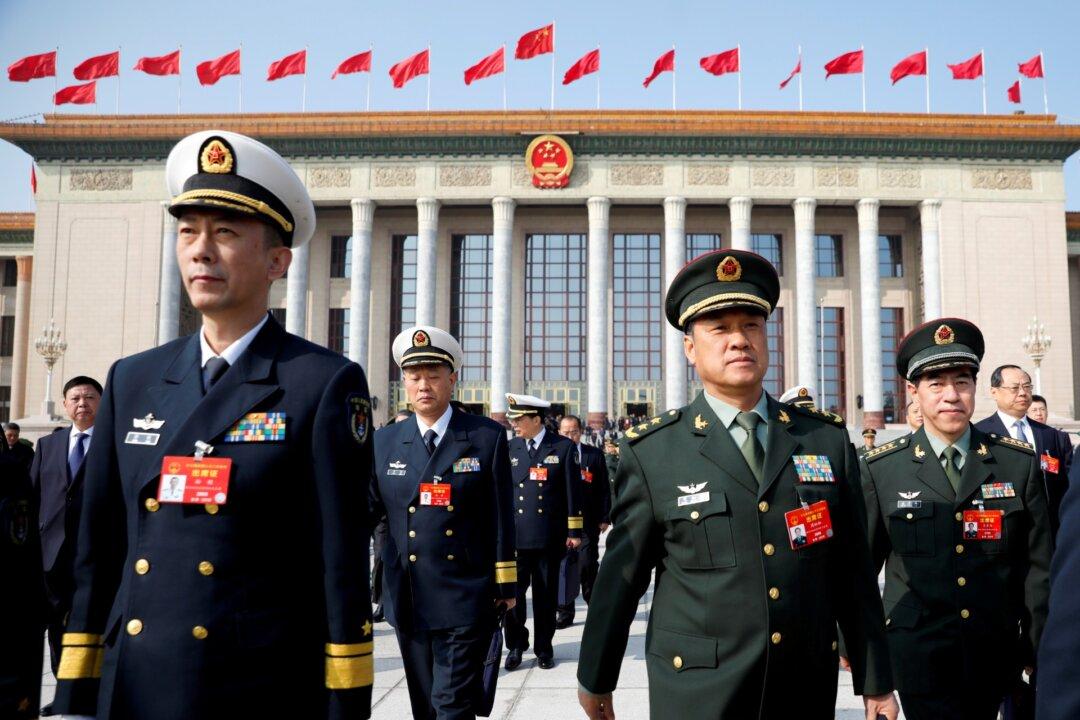BEIJING—China, facing what it sees as increasing military pressure from the United States, is likely to shrug off the pall hanging over its economy from the CCP virus and increase its defense budget again this year.
China’s military spending, due to be announced at the opening of the annual meeting of its rubber-stamp legislature on May 22, is closely watched as a barometer of how aggressively it will beef up its military capabilities.





